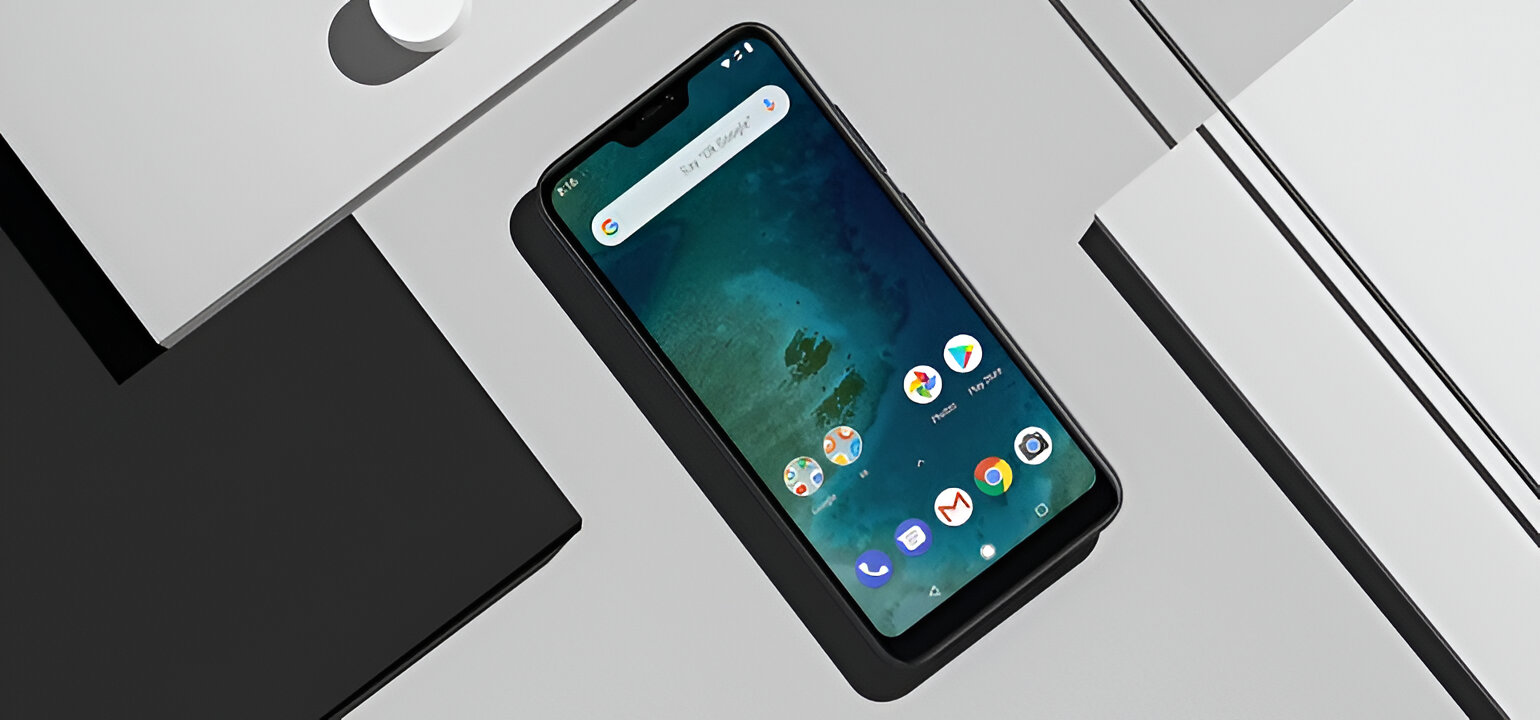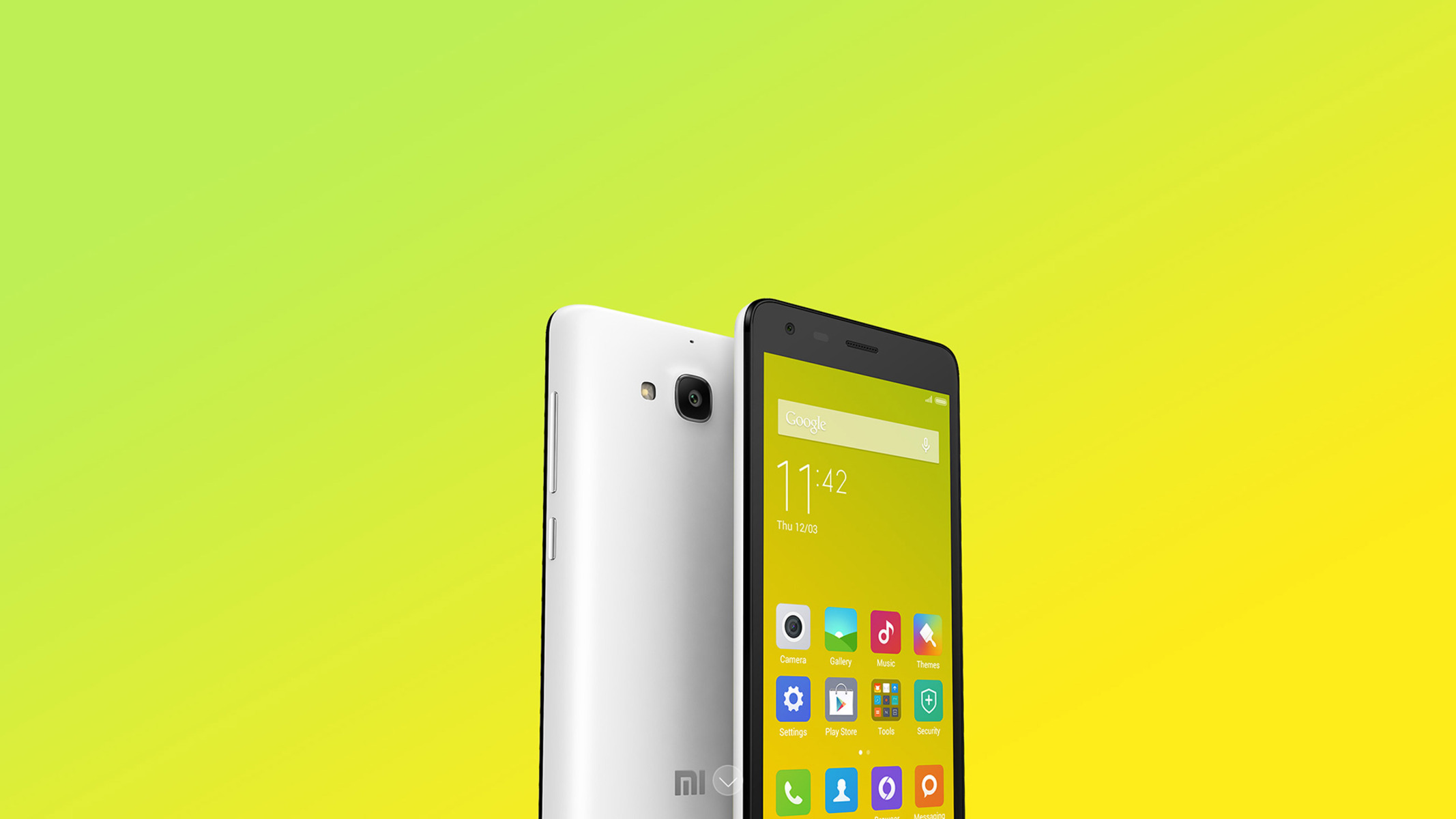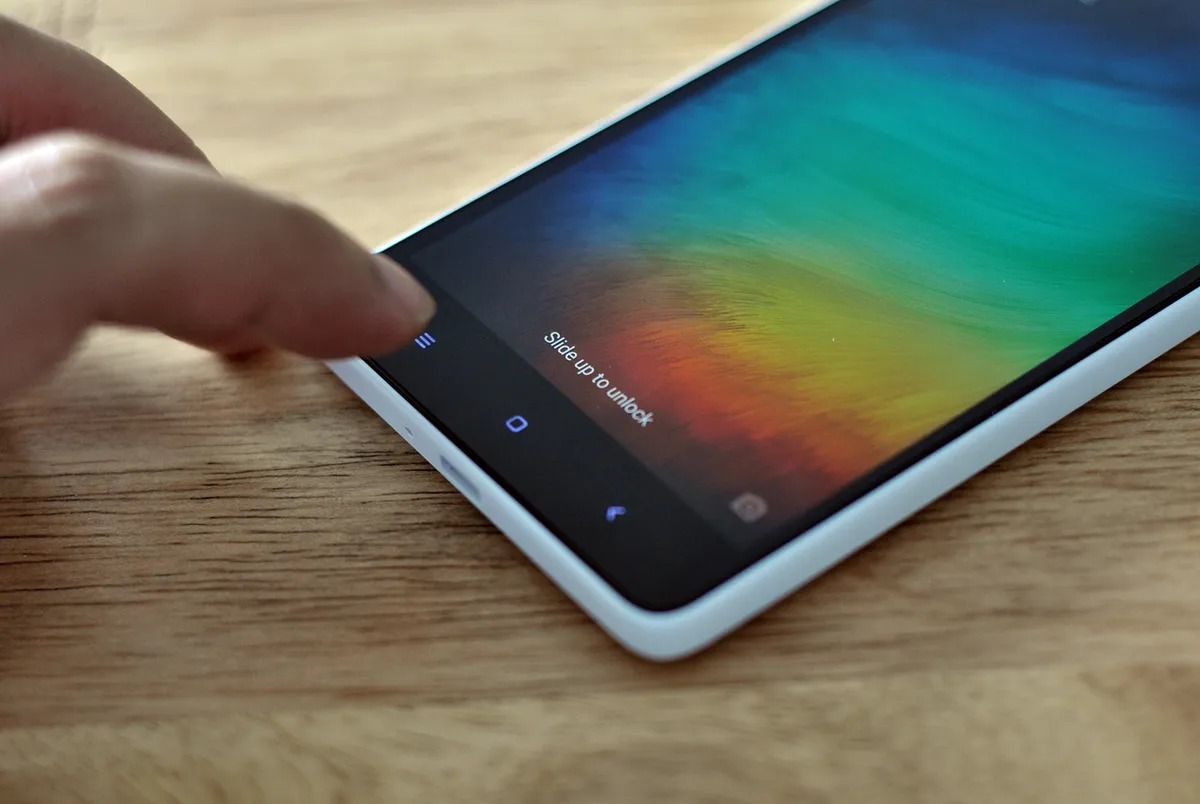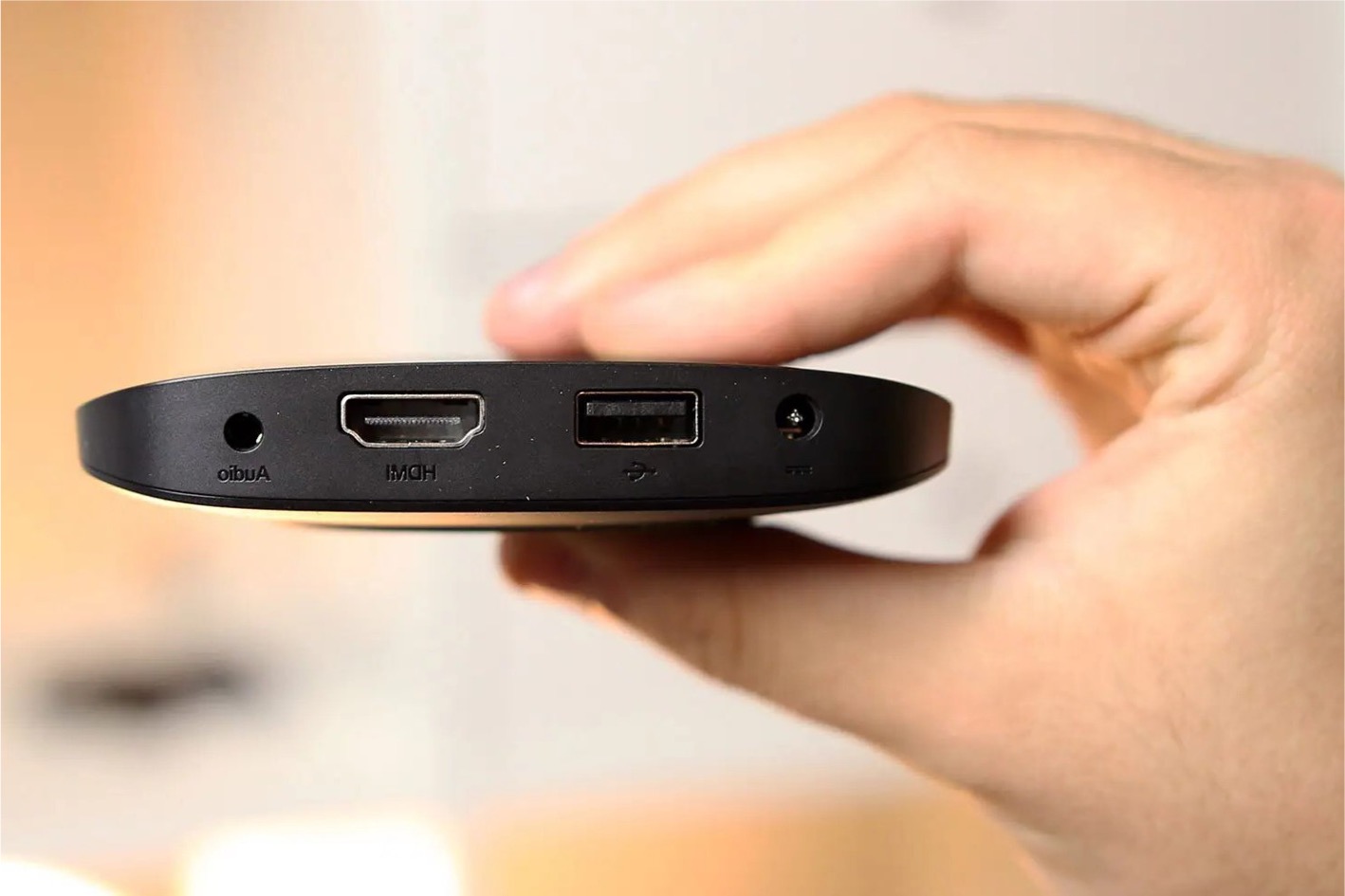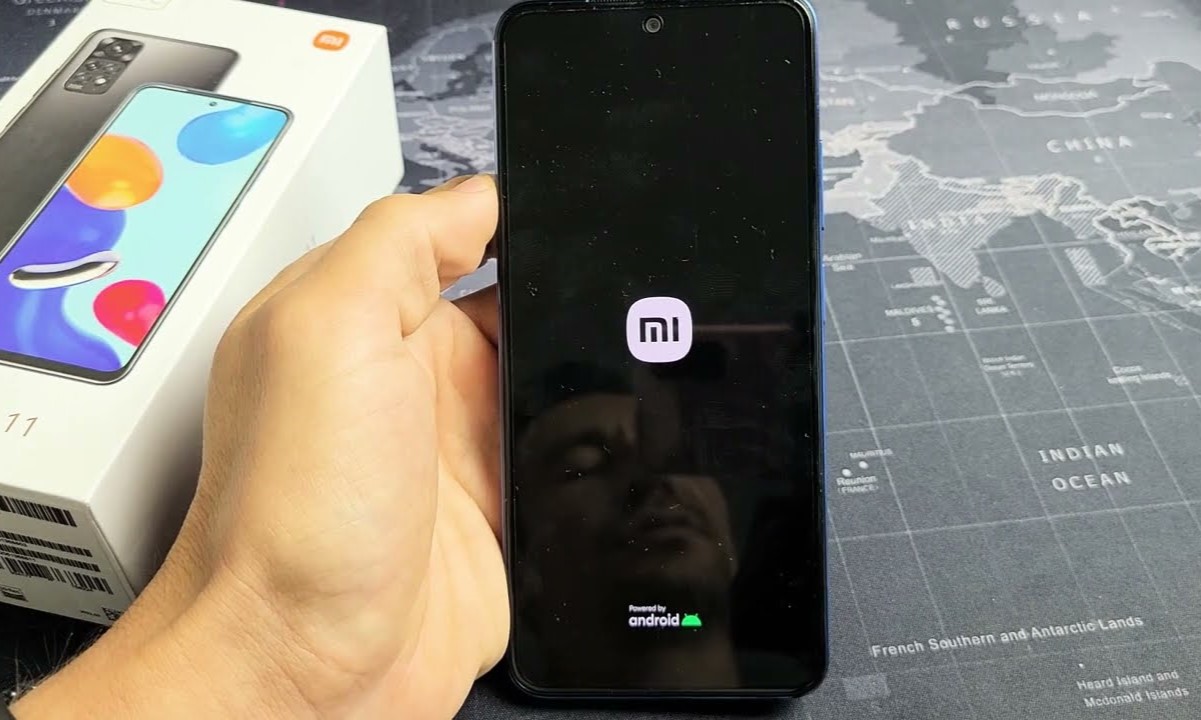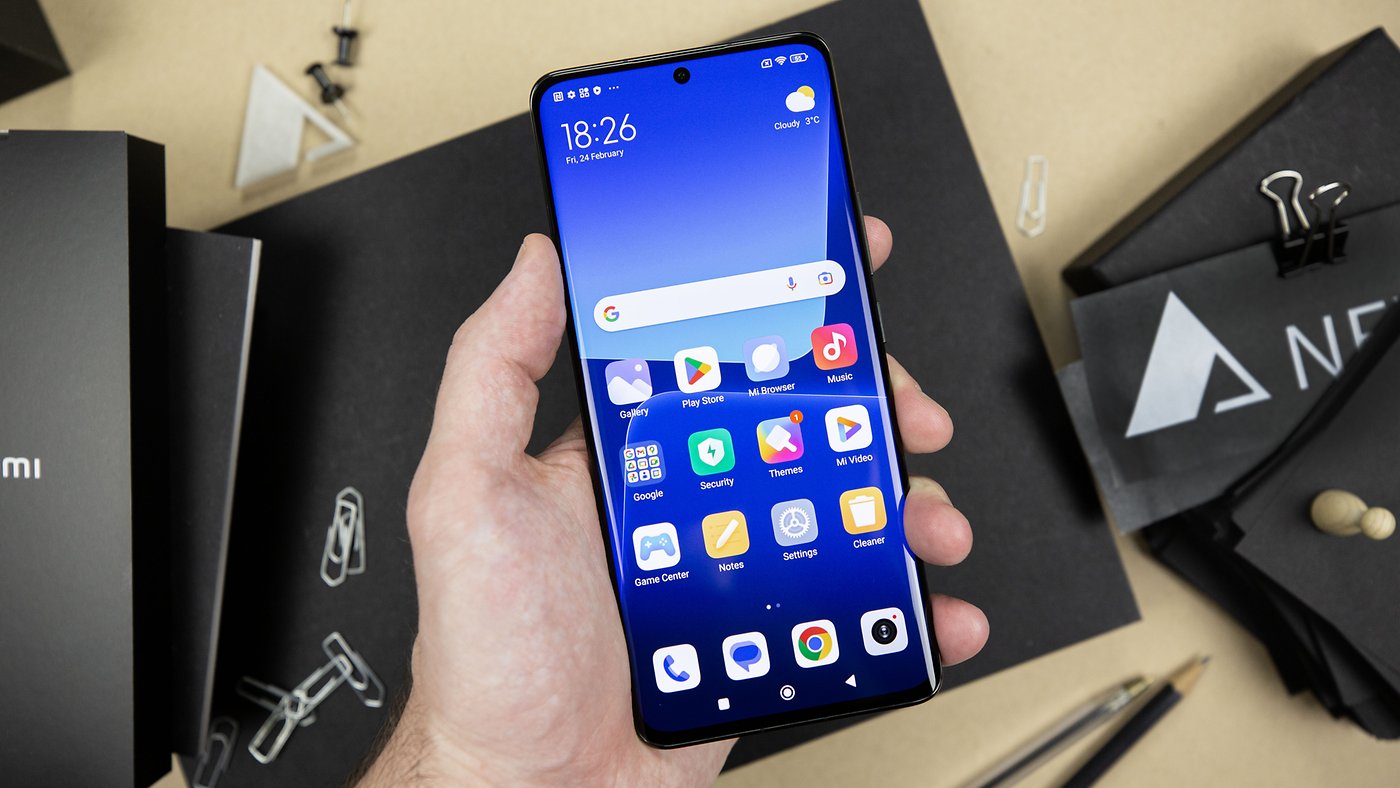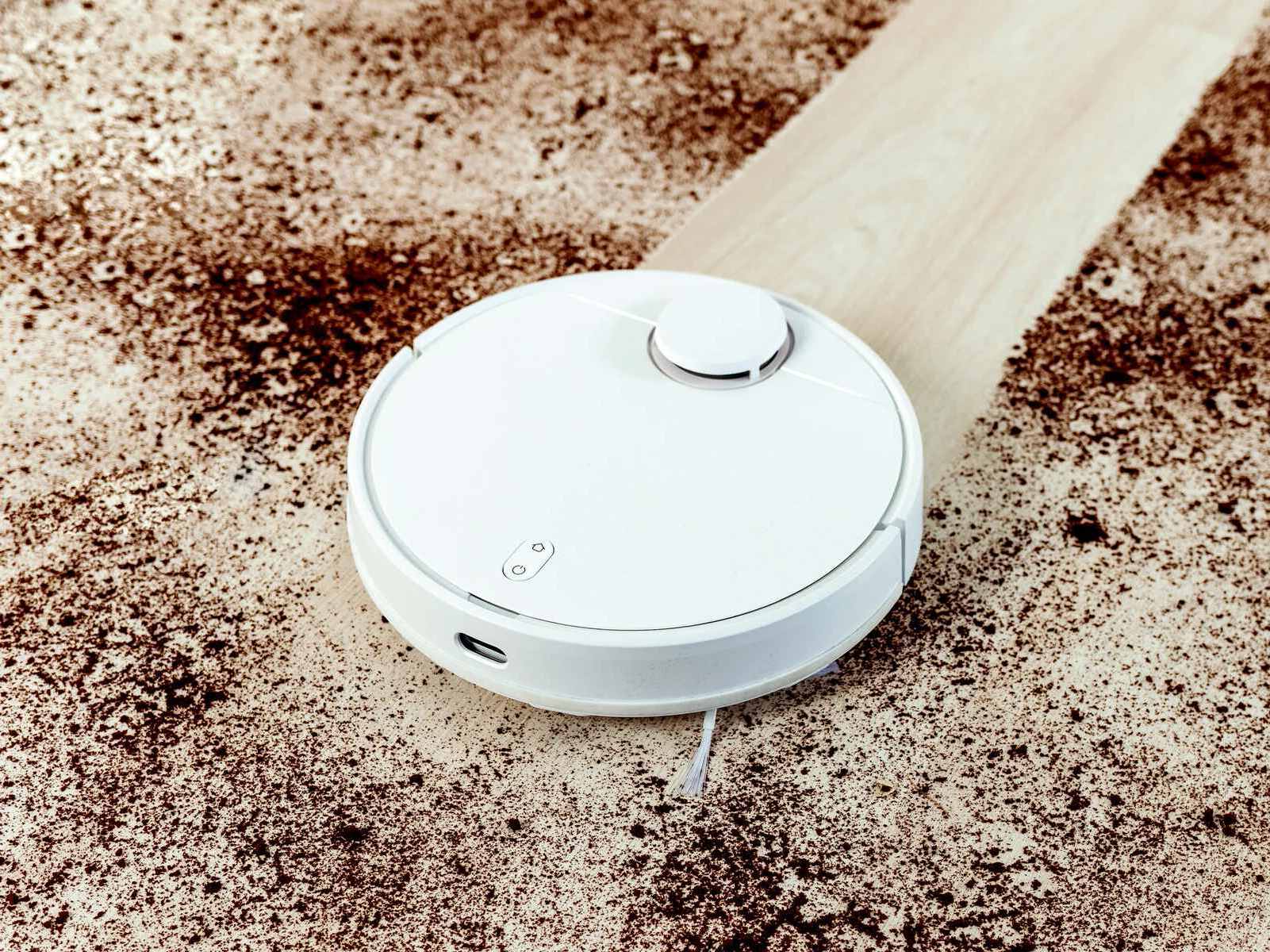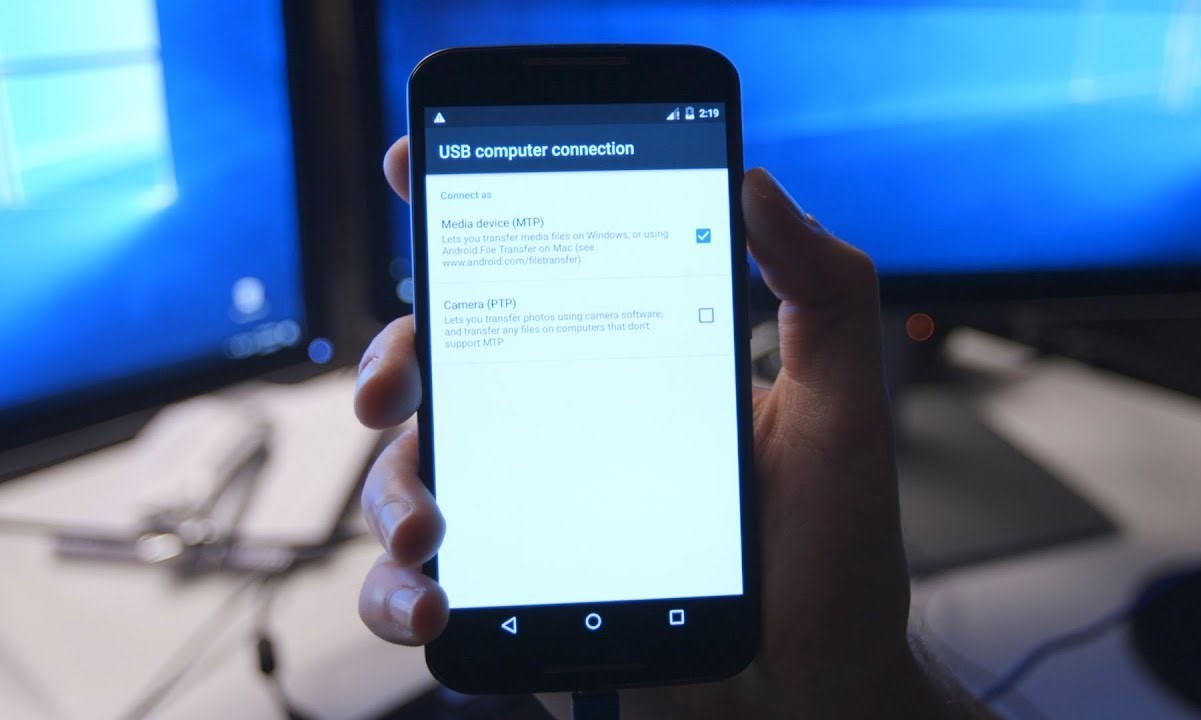Introduction
A bricked Xiaomi Mi device can be a nightmare for any user. Imagine your smartphone or tablet becoming as useful as a brick, rendering it completely non-functional. This situation can be frustrating and daunting, especially if you rely heavily on your device for daily tasks, communication, and entertainment. However, there's no need to panic, as there are effective solutions to unbrick your Xiaomi Mi device and restore it to its former glory.
In this comprehensive guide, we will delve into the various aspects of dealing with a bricked Xiaomi Mi device. From understanding the nature of a bricked device to identifying common causes and exploring precautionary measures, we will cover it all. Additionally, we will provide detailed insights into the solutions available for unbricking your Xiaomi Mi device, ensuring that you have the necessary knowledge to tackle this issue with confidence.
So, whether you're a tech enthusiast, a casual user, or someone who has encountered the unfortunate scenario of a bricked Xiaomi Mi device, this guide is tailored to equip you with the essential information and solutions to overcome this challenge. Let's embark on this journey to unravel the mysteries of bricked devices and discover the pathways to revive your beloved Xiaomi Mi device.
Understanding a Bricked Xiaomi Mi Device
A bricked Xiaomi Mi device refers to a state where the device becomes completely unresponsive and essentially as useful as a brick. In this state, the device fails to boot up, display any signs of life, or respond to user inputs. Understanding the nature of a bricked device is crucial in effectively addressing this issue.
There are two primary types of bricking: soft brick and hard brick. A soft-bricked device is still recoverable as it can enter recovery mode or bootloader mode, allowing for potential restoration. On the other hand, a hard-bricked device is typically unrecoverable through conventional means and may require advanced technical intervention.
A soft-bricked Xiaomi Mi device may exhibit symptoms such as continuous boot loops, freezing at the manufacturer's logo, or being stuck on a particular screen. These issues can often be attributed to software-related problems, such as failed updates, incompatible custom ROM installations, or corrupted system files.
In contrast, a hard-bricked Xiaomi Mi device is characterized by a complete lack of response, including no display, sound, or vibration upon attempting to power it on. This severe state is commonly caused by critical hardware failures or irreversible damage to essential components, making it challenging to revive the device without professional expertise.
Understanding the distinction between soft brick and hard brick is essential for diagnosing the severity of the issue and determining the appropriate course of action. By recognizing the symptoms and behavior of a bricked Xiaomi Mi device, users can better assess the situation and seek the most suitable solutions for unbricking their device.
In the next sections, we will explore the common causes of bricking, precautions to avoid encountering this issue, and effective solutions for unbricking a Xiaomi Mi device. Armed with this knowledge, users can navigate the challenges of dealing with a bricked device with confidence and clarity.
Common Causes of Bricking
Bricking of Xiaomi Mi devices can be attributed to a variety of factors, encompassing both software and hardware elements. Understanding these common causes is pivotal in preventing potential bricking scenarios and adopting proactive measures to safeguard the integrity of your device. Let's delve into the prevalent reasons behind bricking:
-
Failed Software Updates: One of the leading causes of bricking is the failure of software updates. While updates are intended to enhance device performance and security, a disrupted or incomplete update process can render the device inoperable, leading to a soft-brick scenario.
-
Custom ROM Installations: Enthusiastic users often explore custom ROMs to personalize their Xiaomi Mi devices and access additional features. However, improper installation or compatibility issues with custom ROMs can result in a soft-bricked device, necessitating corrective measures to restore functionality.
-
Rooting and Modding: Rooting, which grants users elevated access to the Android operating system, and modding, involving the customization of system files, pose inherent risks. Inadequate knowledge or errors during these processes can lead to a bricked device, especially if critical system files are modified or deleted.
-
Flashing Incompatible Firmware: Attempting to flash firmware that is incompatible with the device model or region can have detrimental effects, potentially causing a hard-brick situation. This emphasizes the importance of exercising caution and verifying the compatibility of firmware before initiating the flashing process.
-
Overclocking and Kernel Modifications: Users who engage in overclocking the device's CPU or making kernel modifications should be mindful of the associated risks. These activities, if not executed with precision, can destabilize the device's functionality and contribute to bricking.
-
Hardware Malfunctions: While software-related factors are commonly associated with bricking, hardware malfunctions can also lead to a bricked Xiaomi Mi device. Issues such as overheating, power surges, or physical damage to essential components can result in a hard-brick scenario, necessitating professional intervention.
By recognizing these common causes of bricking, Xiaomi Mi users can adopt a proactive approach to device management, minimizing the likelihood of encountering bricking incidents. Additionally, staying informed about these factors empowers users to make informed decisions when engaging in activities that may impact the stability and functionality of their devices.
Precautions to Avoid Bricking
Preventing the bricking of your Xiaomi Mi device involves implementing proactive measures and exercising caution during various device-related activities. By adhering to the following precautions, users can significantly reduce the risk of encountering bricking incidents and maintain the stability and functionality of their devices.
-
Backup Essential Data: Before initiating any significant modifications or updates, it is crucial to create a comprehensive backup of essential data, including personal files, contacts, and app data. This ensures that in the event of a bricking scenario, valuable information can be safeguarded and restored without irreparable loss.
-
Verify Firmware and Software Compatibility: When engaging in activities such as firmware flashing, custom ROM installations, or system updates, it is imperative to verify the compatibility of the firmware or software with the specific Xiaomi Mi device model and region. Utilizing incompatible firmware or software can lead to bricking, underscoring the importance of thorough verification.
-
Research Custom ROMs and Modifications: For users interested in customizing their Xiaomi Mi devices through custom ROMs or system modifications, conducting thorough research and seeking guidance from reputable sources is essential. Understanding the compatibility and potential risks associated with customizations can mitigate the likelihood of encountering bricking.
-
Exercise Caution with Rooting and Modding: Rooting and modding activities should be approached with caution, as they involve accessing and modifying critical system files. Users should prioritize acquiring a comprehensive understanding of the processes involved and exercise diligence to minimize the risk of inadvertently causing a bricking scenario.
-
Utilize Official Tools and Resources: When performing firmware updates, system modifications, or device optimizations, it is advisable to utilize official tools and resources provided by Xiaomi or reputable third-party developers. Official tools are designed to ensure compatibility and minimize the risk of bricking, enhancing the overall safety of device-related activities.
-
Monitor Device Temperature and Performance: Vigilant monitoring of the device's temperature and performance can help identify potential hardware-related issues that may lead to bricking. Overheating and erratic performance can serve as early indicators of underlying problems, prompting users to take preventive action and seek professional assistance if necessary.
By integrating these precautions into their device management practices, Xiaomi Mi users can fortify the resilience of their devices against bricking and navigate device customization and maintenance with greater confidence and security. These proactive measures empower users to enjoy the versatility and capabilities of their devices while minimizing the inherent risks associated with advanced modifications and updates.
Solutions for Unbricking
Unbricking a Xiaomi Mi device requires a systematic approach and the utilization of specialized techniques and tools tailored to address the specific nature of the bricking scenario. Whether dealing with a soft-bricked device exhibiting software-related issues or facing the daunting challenge of reviving a hard-bricked device, there are several effective solutions available to restore functionality and breathe new life into the device.
Soft-Brick Solutions
-
Recovery Mode and Factory Reset: Accessing the device's recovery mode and performing a factory reset can often resolve software-related issues causing the soft-brick. This process involves booting the device into recovery mode and selecting the option to perform a factory reset, effectively restoring the device to its default settings and resolving software conflicts.
-
Flash Stock Firmware: Utilizing official stock firmware provided by Xiaomi, users can flash the device with the original software, effectively replacing any corrupted or incompatible system files that may be contributing to the soft-brick. This process typically involves using dedicated flashing tools and following precise instructions to ensure successful restoration.
-
Advanced Recovery Tools: Leveraging advanced recovery tools such as TWRP (Team Win Recovery Project) or custom recovery environments can provide additional options for resolving soft-brick scenarios. These tools offer features such as advanced file management, system partition restoration, and the ability to flash custom ROMs or firmware, providing versatile solutions for addressing software-related issues.
Hard-Brick Solutions
-
Professional Repair Services: In the case of a hard-bricked Xiaomi Mi device resulting from severe hardware failures or irreversible damage, seeking professional repair services from authorized technicians or service centers is often the most viable solution. Professional intervention can involve component-level diagnostics, repairs, or replacements to restore the device to a functional state.
-
JTAG and EDL Methods: Advanced techniques such as Joint Test Action Group (JTAG) or Emergency Download (EDL) mode can be employed to communicate with the device's hardware at a low level, potentially enabling the restoration of critical system components and firmware. These methods require specialized hardware and expertise, making them suitable for addressing complex hard-brick scenarios.
-
Manufacturer Support and Warranty: Contacting Xiaomi's official support channels and leveraging the device's warranty coverage can provide avenues for addressing hard-brick situations. Manufacturer support may involve device replacement, repair services, or guidance on navigating intricate hardware-related issues, offering a comprehensive approach to resolving hard-brick scenarios.
By understanding and implementing these solutions tailored to the specific nature of the bricking scenario, Xiaomi Mi users can effectively navigate the challenges of unbricking their devices. Whether addressing software-related soft-brick issues through recovery and flashing methods or confronting the complexities of hard-brick scenarios with professional assistance and advanced techniques, these solutions empower users to revive their beloved Xiaomi Mi devices and resume their seamless functionality.
Conclusion
In conclusion, the journey of unbricking a Xiaomi Mi device encompasses a spectrum of challenges, insights, and solutions that collectively empower users to navigate the complexities of bricking scenarios with confidence and resilience. From understanding the nature of soft and hard bricking to identifying the common causes and adopting proactive precautions, users are equipped with the knowledge and foresight to safeguard the integrity of their devices.
The prevalence of bricking incidents, often stemming from failed software updates, custom ROM installations, and hardware malfunctions, underscores the importance of exercising caution and diligence during device-related activities. By adhering to precautions such as data backups, firmware verification, and vigilant monitoring, users can fortify the resilience of their Xiaomi Mi devices against potential bricking scenarios, fostering a secure and stable device environment.
Furthermore, the array of solutions available for unbricking, tailored to address soft-brick and hard-brick scenarios, presents users with versatile pathways to restore the functionality of their devices. Whether leveraging recovery mode and flashing tools for soft-brick resolution or seeking professional repair services and advanced techniques for hard-brick revival, users are empowered to confront bricking incidents with determination and resourcefulness.
Ultimately, the journey of unbricking a Xiaomi Mi device transcends the technical intricacies, embodying a testament to resilience, adaptability, and the unwavering spirit of device enthusiasts and users. By embracing the knowledge and solutions presented in this guide, users can embark on their unbricking endeavors with a sense of empowerment, knowing that the pathways to device restoration are within reach, even in the face of daunting challenges.
As the landscape of mobile devices continues to evolve, the insights and solutions shared in this guide serve as a beacon of guidance, fostering a community of informed, proactive, and resilient Xiaomi Mi users. With a steadfast commitment to device management, security, and restoration, users can navigate the complexities of bricking scenarios with clarity and determination, ensuring that their Xiaomi Mi devices continue to serve as reliable companions in their digital endeavors.







